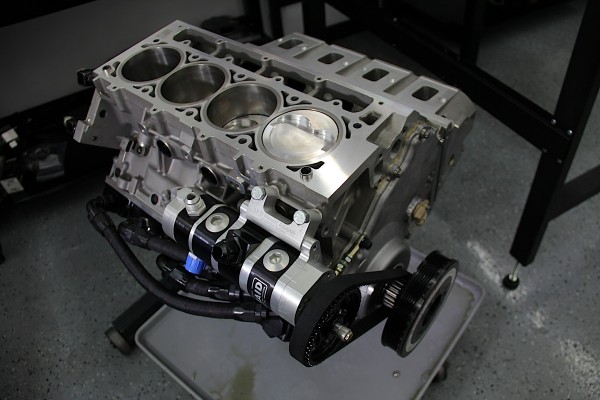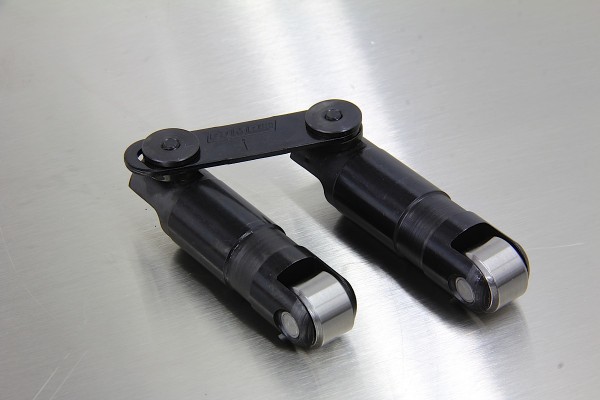In part one of Hardcore LS, we told you how Chevy Hardcore and Late Model Engines (LME) were putting together a stout, 700-horsepower LS motor.
But not just any LS motor.
The guys at Chevy Hardcore were looking to build something that could tear up the track during the day and get you home safely and comfortably at night. So they turned to RHS for an aluminum LS race block and asked the guys at LME in Houston to come up with the recipe for 700 streetable horsepower.
We covered the short block assembly in Hardcore LS (Part 1). Now, we’re ready to share the top-end assembly, which features goodies from COMP Cams, FAST, Chevrolet Performance Parts, and more. Get the details by scrolling through the slideshow above and find the final dyno results in the last slide.



















I have a 350 bird 30 over to a 355 what can do to get more hp out of it I have a 300 shoot of nos on it and I would like to go faster
This would depend on what, if any, modifications you’ve already done. Give the guys on the Summit tech line a call and let them know more about the engine–330-630-0240. A 300 shot is pretty stout for a stock bottom end, so they may want to start there.
David, Using the Aviaid 4 stage pump from this build, how did you do the motor-mounts? I’m installing the same pump in a C5 corvette, and if I mount the lower pump turnbuckle to the same front engine cover bolt, it interferes with the motor mount something terrible! Any pictures of it in a car? Thanks, Ben